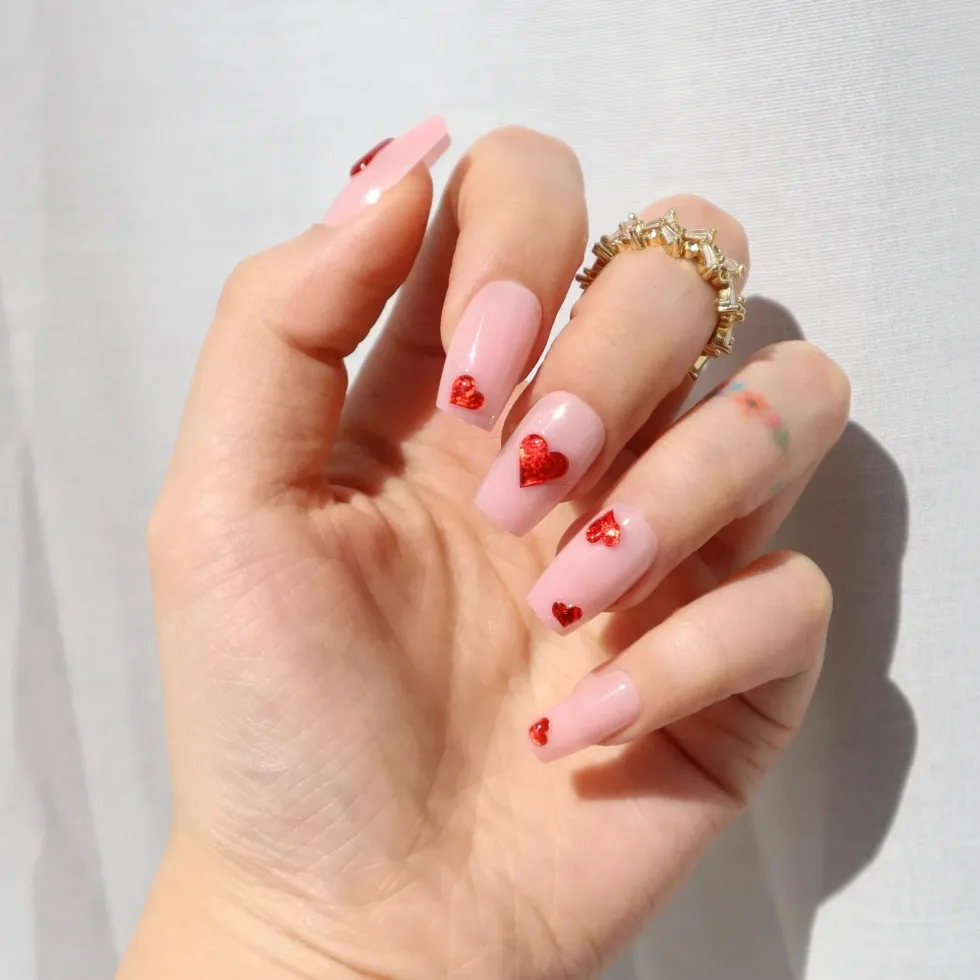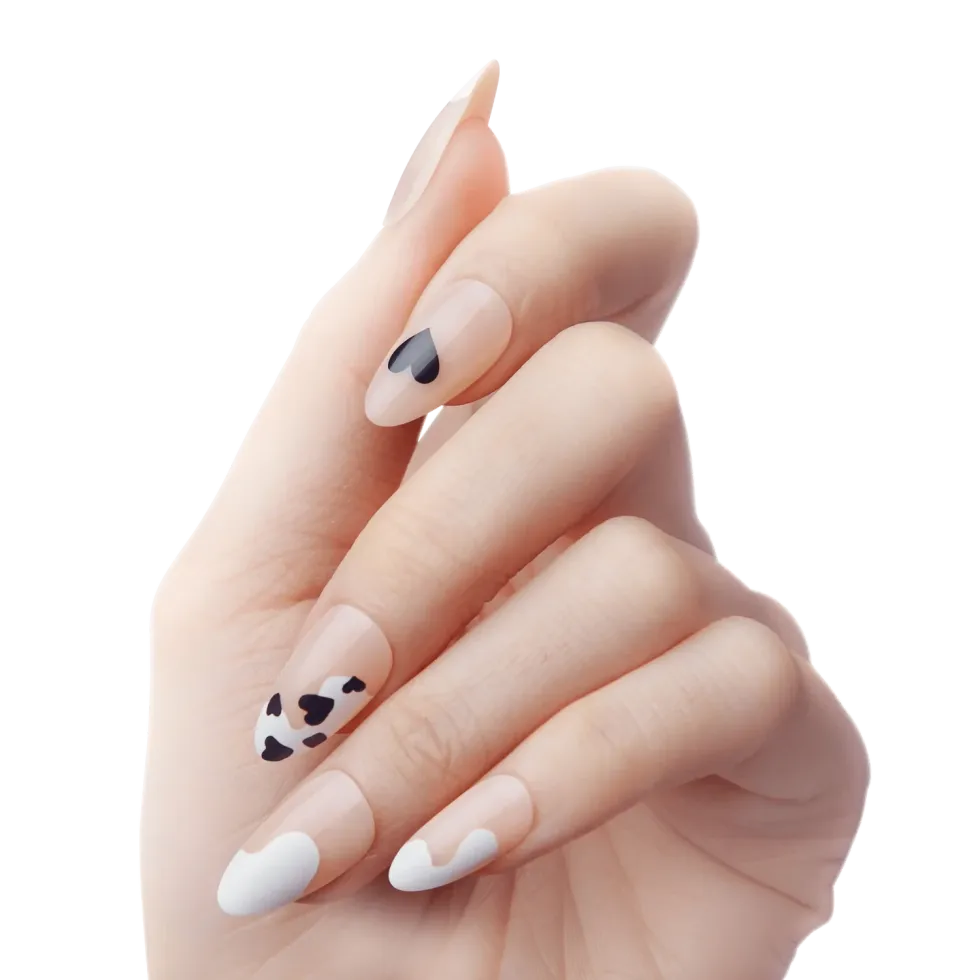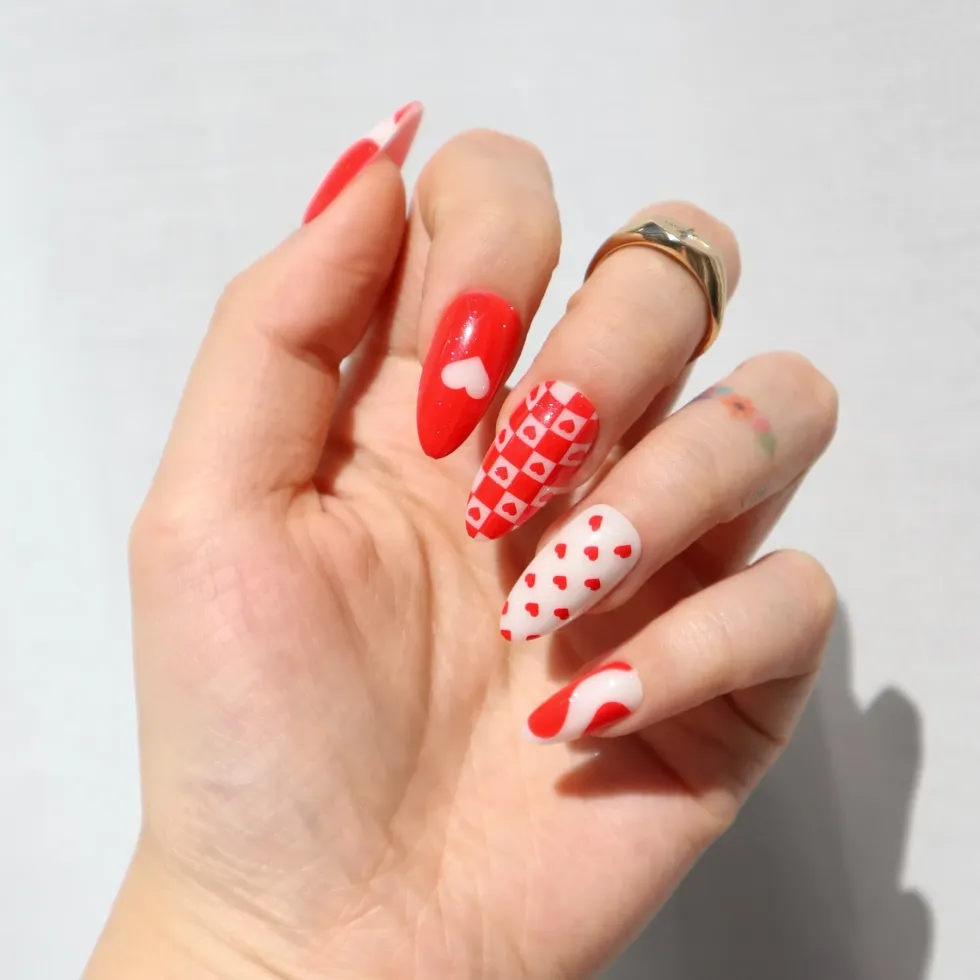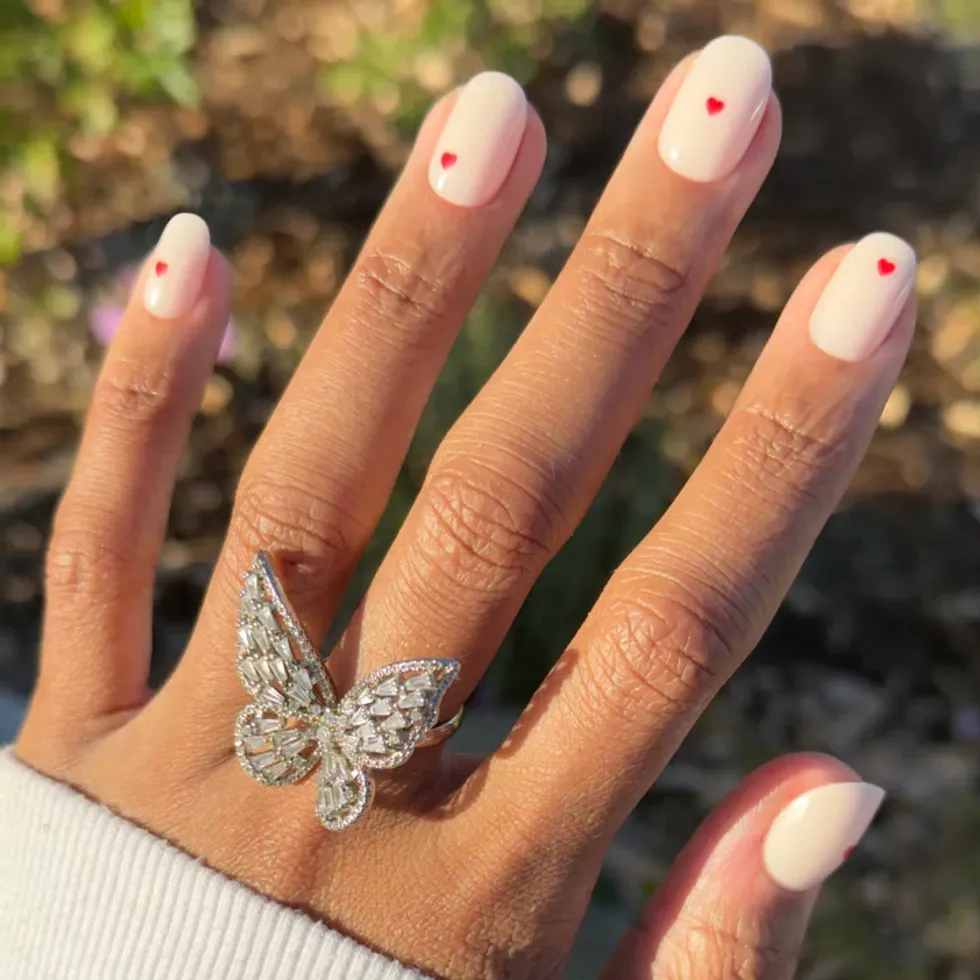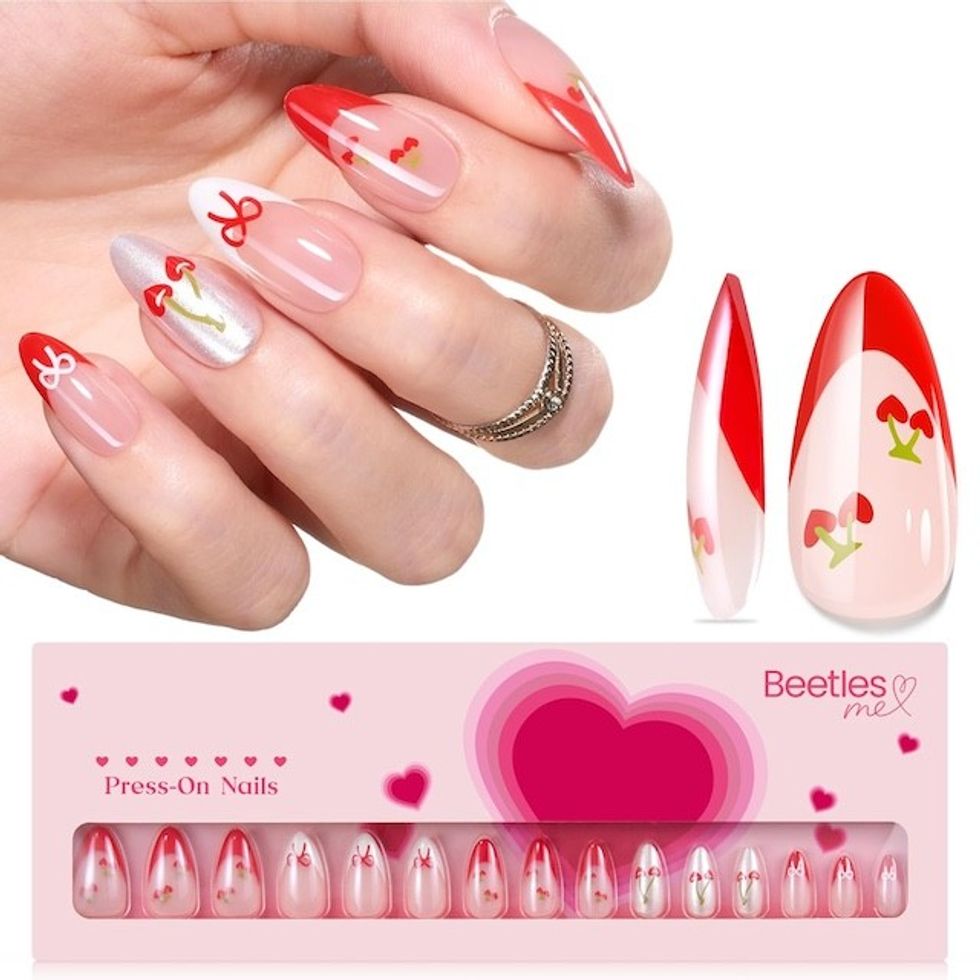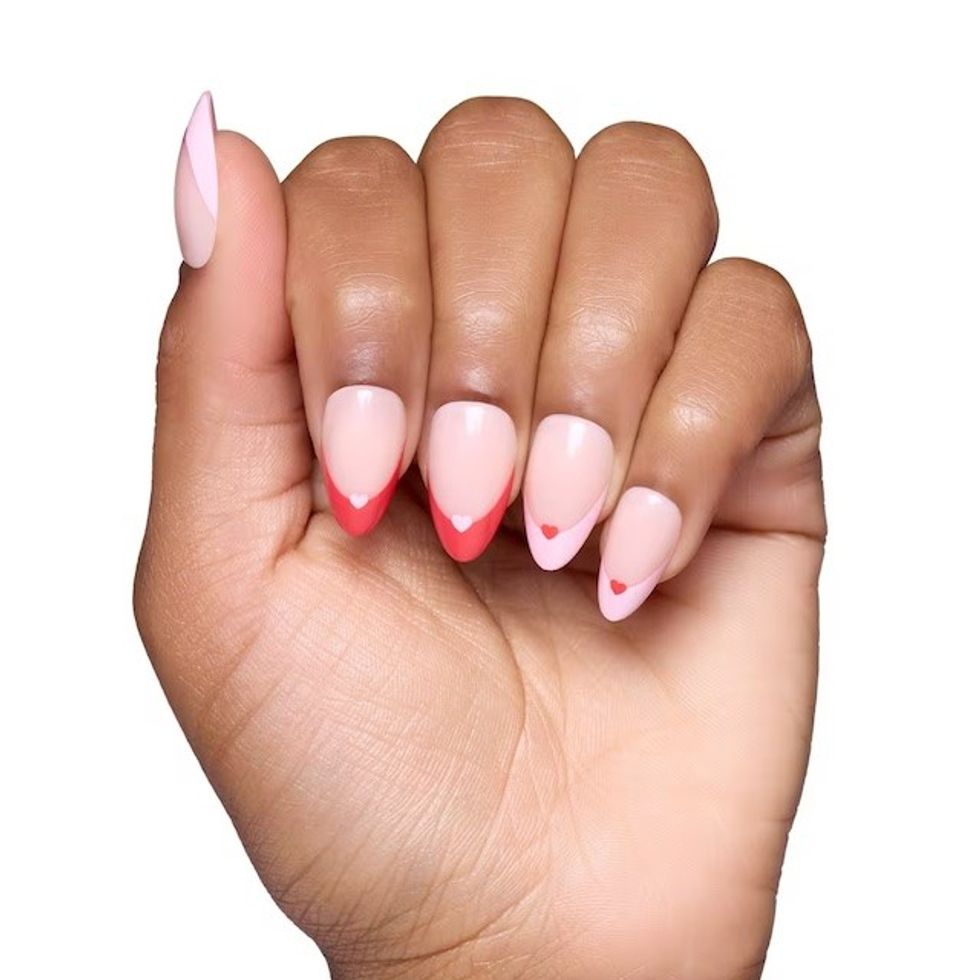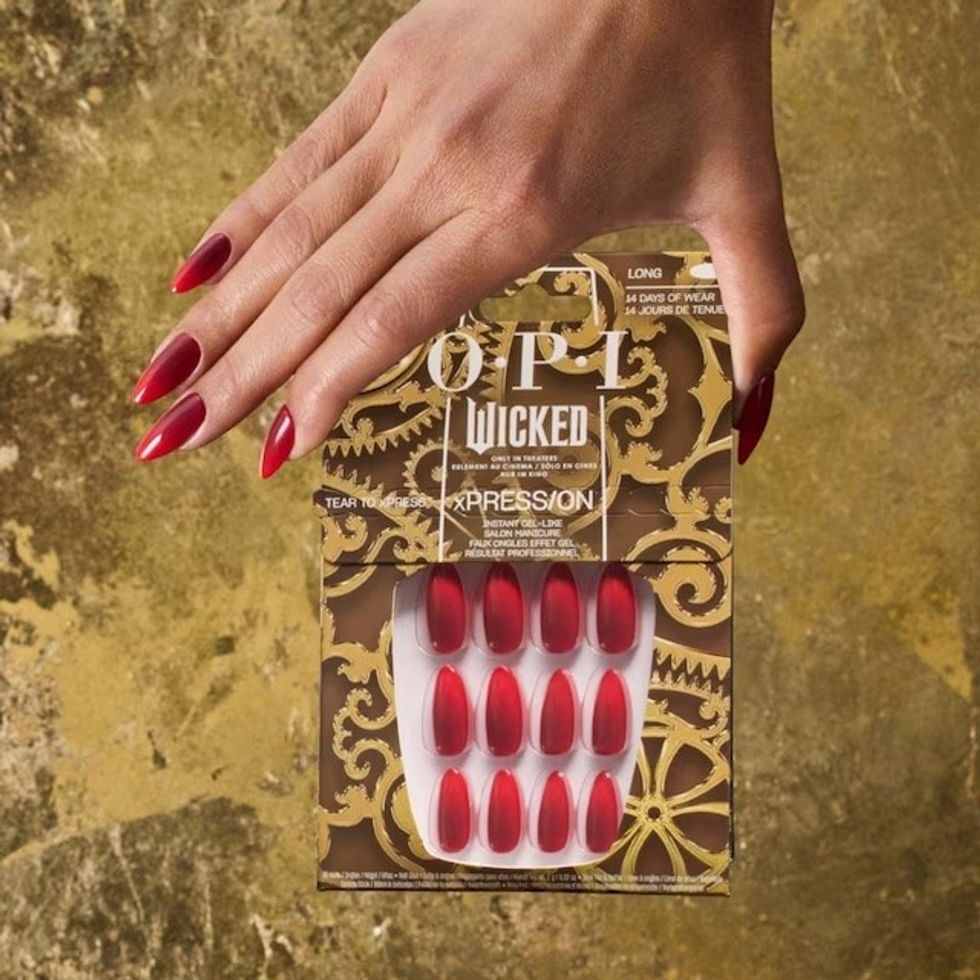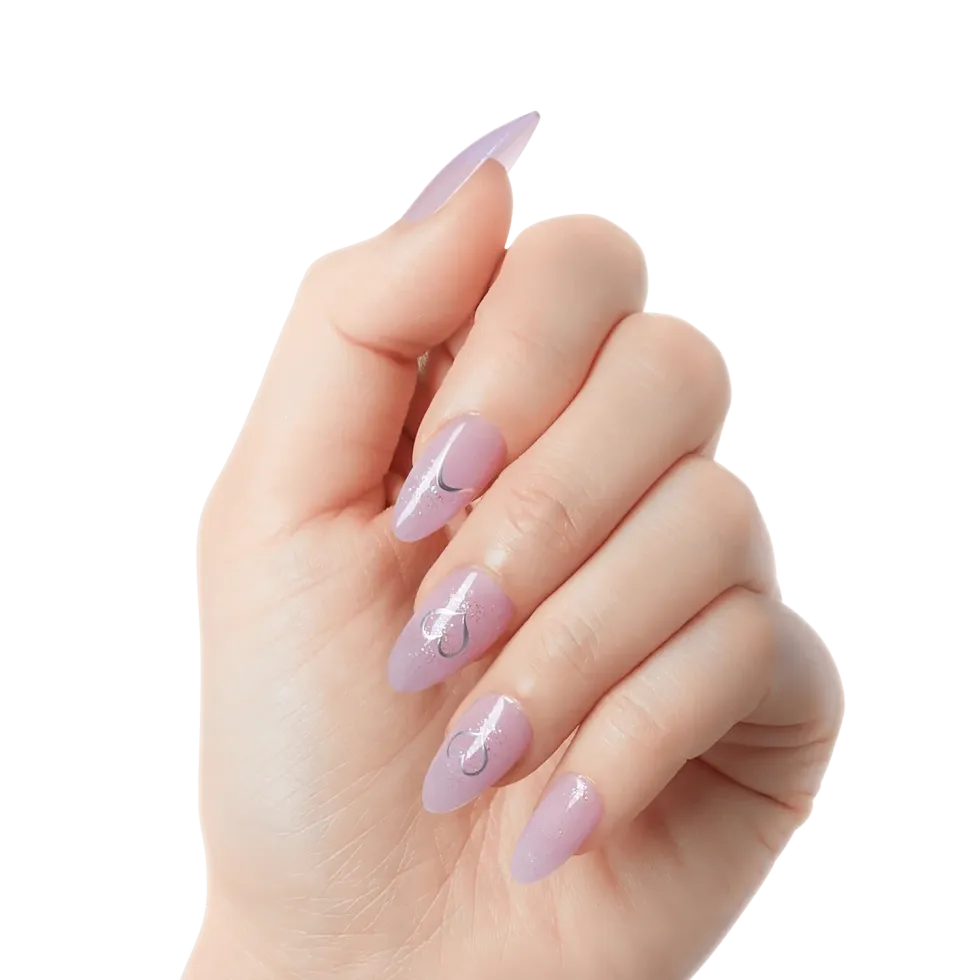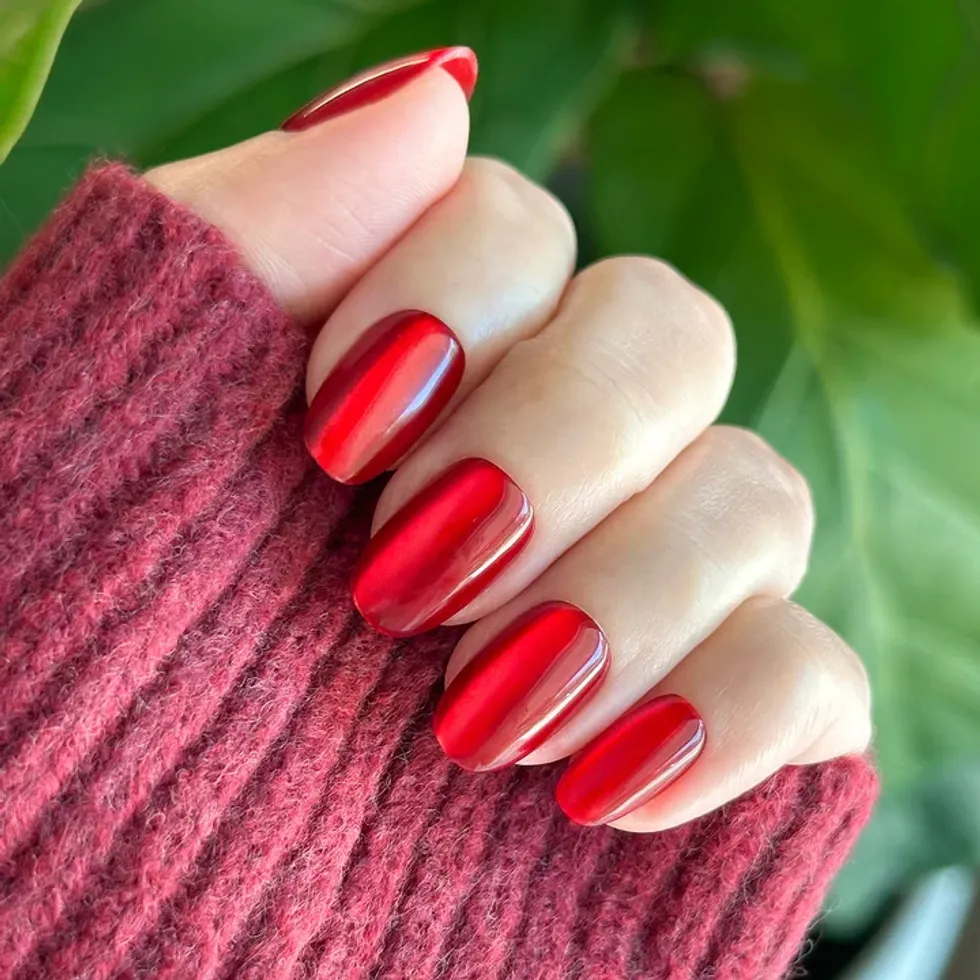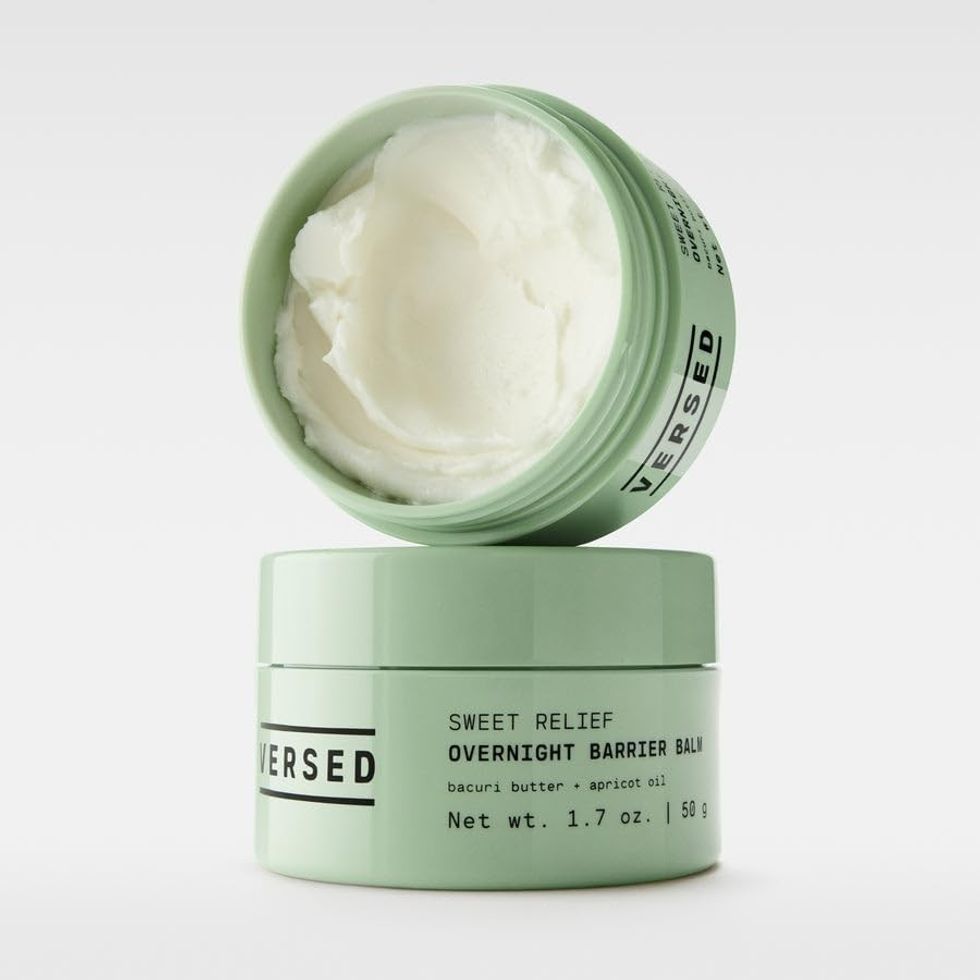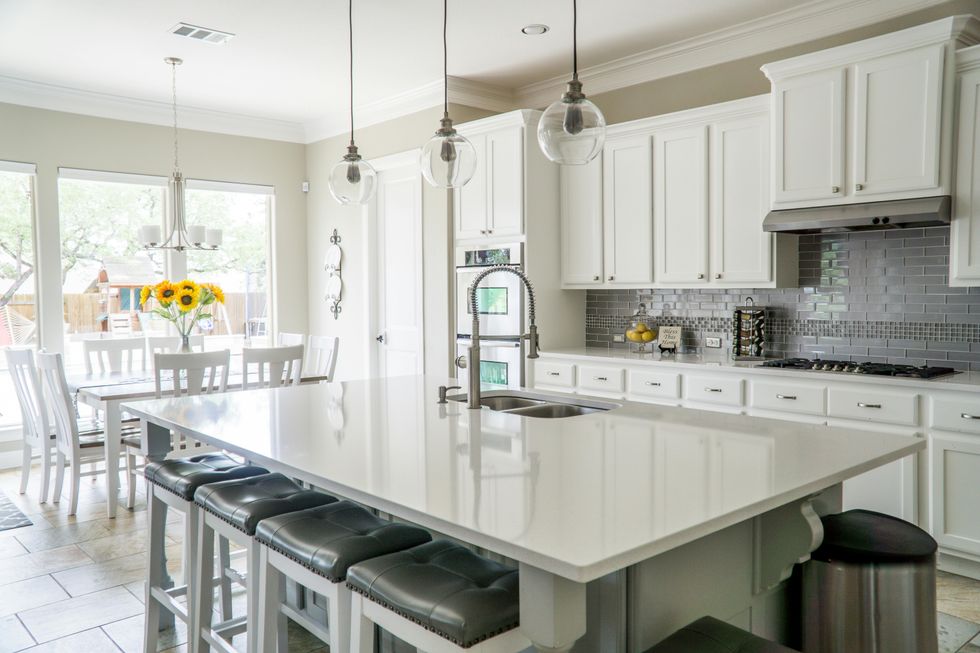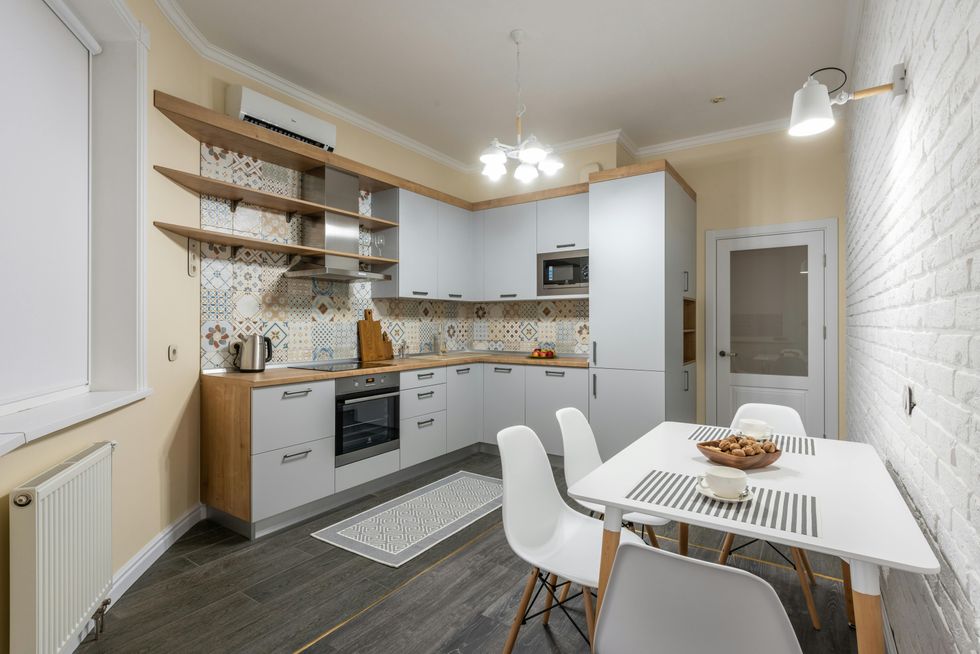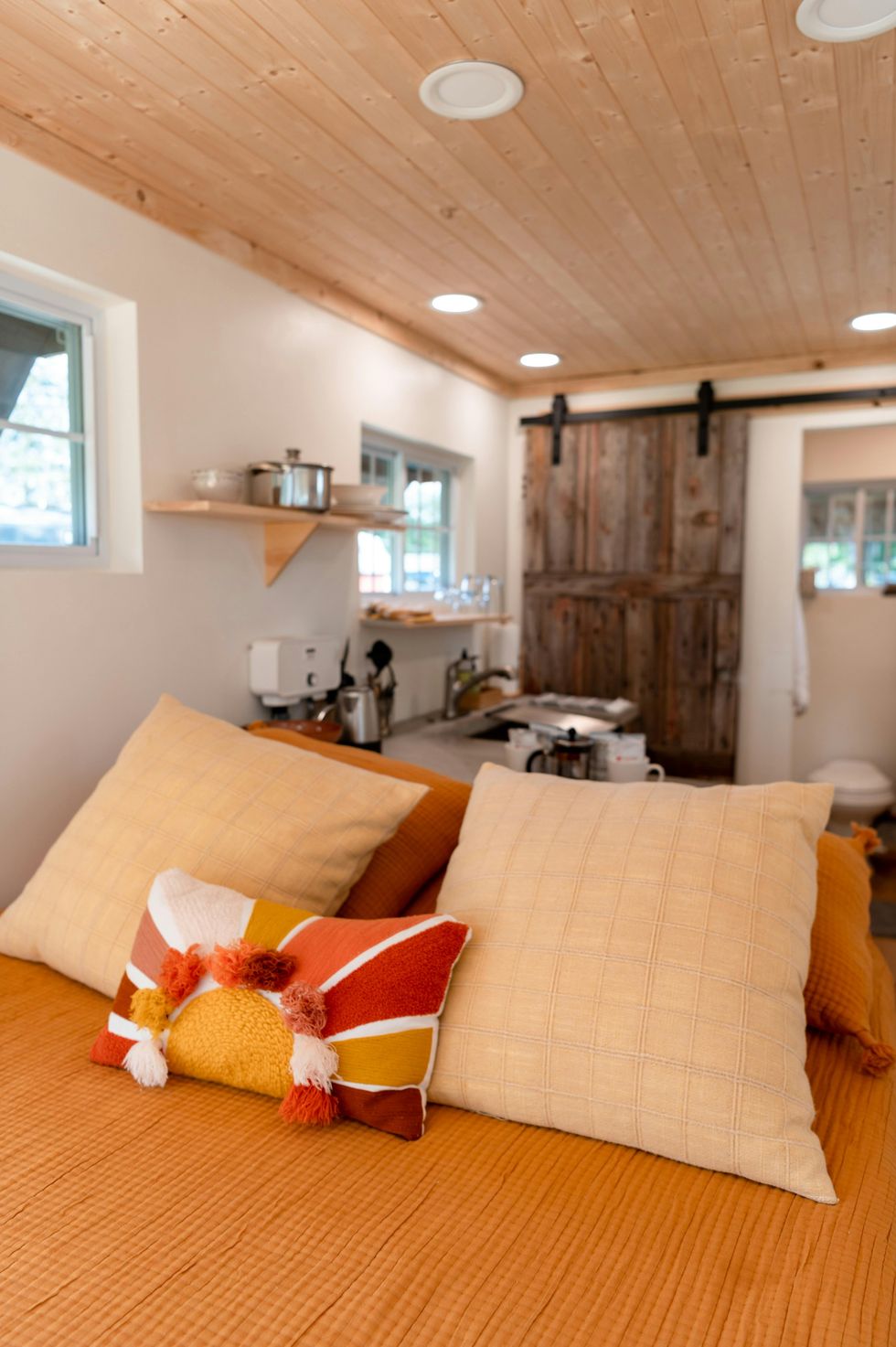These babies are green-thumb optional.
5 Houseplants Every Beauty Lover Needs
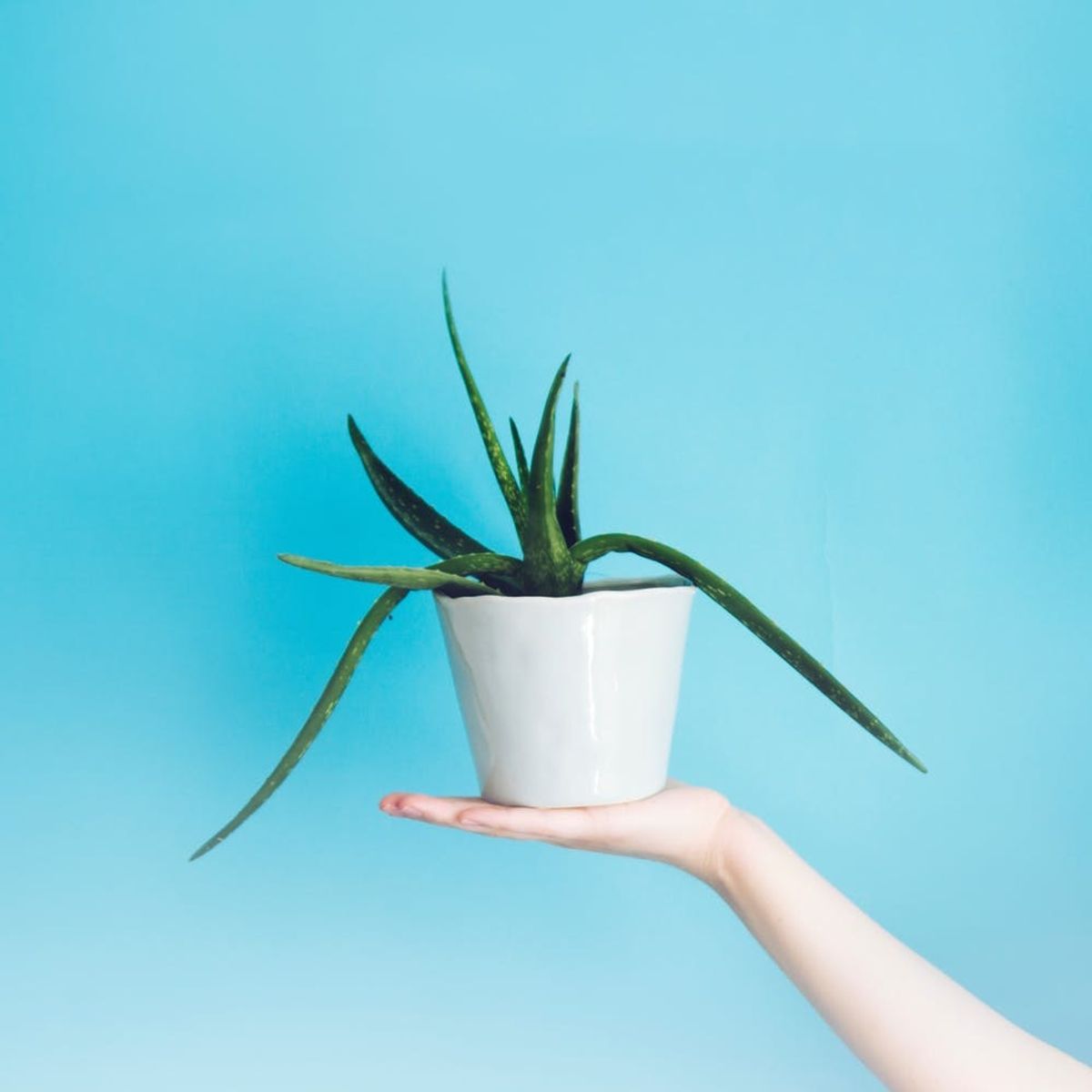
Houseplants have received a lot of social media attention lately, and for good reason. Not only do they make any space look like a million bucks, but they also add a pop of color to neutral color schemes and come with loads of health and skin care benefits too.
That’s right, skin care benefits. As it turns out, cities aren’t the only environments that can wreak havoc on our favorite organ — our homes can as well! Thanks to air pollutants such as cleaning chemicals, dust, and other nasty toxins, our sacred spaces are chock-full of free radicals that can promote premature signs of aging and more. Fortunately for our vanity, many houseplants are skin care superheroes that work to purify the air and create the ideal environment for healthy, glowing skin.
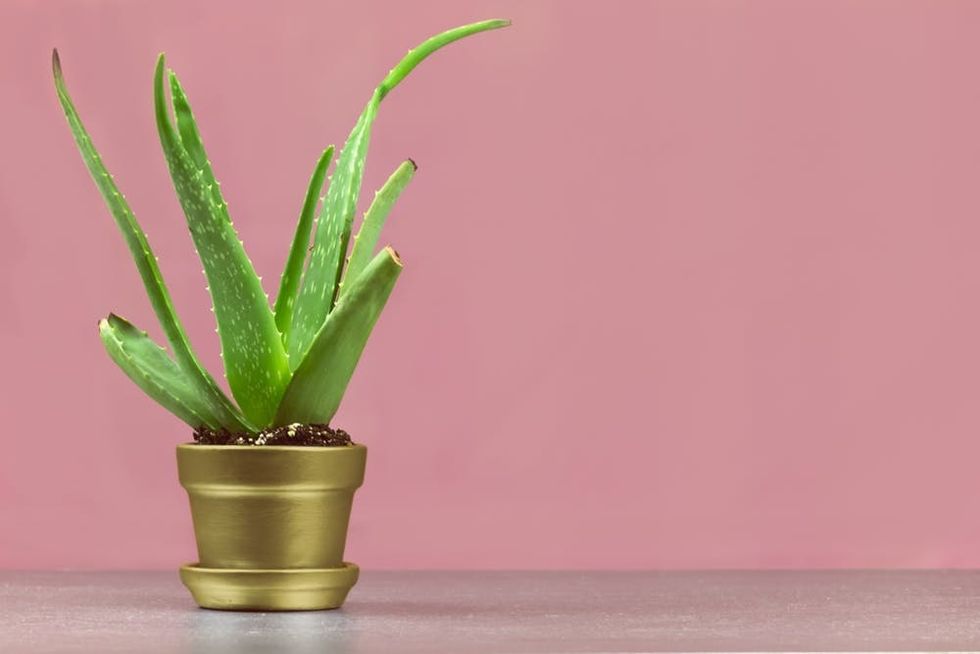
“Air-purifying plants are extremely beneficial to the skin,” says Alissia Zenhausern, AKA Dr. Zen, a board-certified naturopathic physician in Scottsdale, Arizona. “[The] skin is not only the largest organ in our body, but it is also a major organ of detoxification. Plants help reduce our toxin body burden, meaning our body doesn’t have to work as hard to detox,” she adds. “Improper detoxification can lead to dull, dry, and aging skin.” (Photo via jacqylaw/Getty)
With that in mind, Zenhausern recommends adding air-purifying houseplants to the home. She notes that houseplants aren’t just good for purifying the air — they can provide stress relief, amp up oxygen, reduce carbon dioxide, increase humidity, reduce airborne dust levels, and lower indoor air temperatures too.
Looking for a houseplant that is both Instagram-worthy and beauty-benefiting? Keep reading for our favorites.
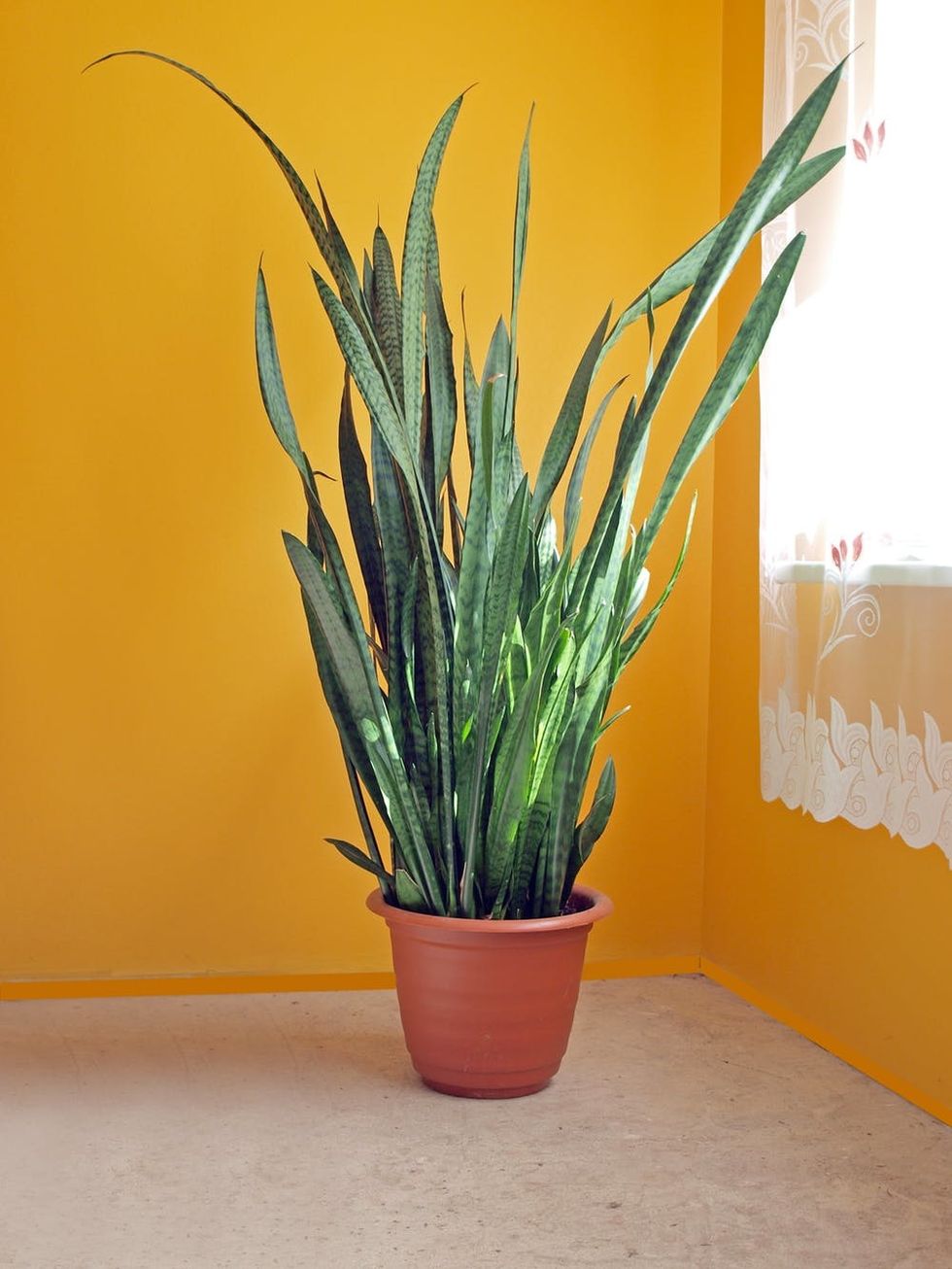
1. Snake Plant: If you’re looking for a houseplant that boasts anti-pollution vibes and is hard to kill, head over to your local nursery and get yourself a snake plant, STAT!
“Snake plant, also known as mother-in-law’s tongue, is one of the best air purifying plants out there,” says Zenhausern. “While most plants take away oxygen at night for their own use, Snake Plants give off oxygen at night, which makes them great air purifiers.”
Because Snake Plants release oxygen at night, they can be ultra-beneficial to your beauty sleep (while the skin regenerates, the plant purifies the air), so adding one to your bedroom is a must. Snake Plants prefer indirect light but can tolerate most light conditions (we told you they’re hard to kill!) and don’t need frequent watering. Make sure the soil dries between watering and feed it some fertilizer in the summer months. (Photo via Latvian/Getty)
Important side note: Zenhausern says snake plants are toxic to pets and children and advises against this beauty-benefiting houseplant if you have small children or pets that could chew on the plant.

2. Aloe Vera: If you want to add some variety to your impossible-to-kill plant collection, aloe vera is another great option. “The thick gel substance obtained by the aloe vera leaves are especially useful for wound healing, treating burns, psoriasis, and even frostbite,” Zenhausern explains. “Aloe vera contains both antioxidant and anti-inflammatory properties that are ideal for skin-related conditions.”
You can cut the leaves open and use the gel for a multitude of ailments, including dry skin, sunburn, and rashes. Because the gel is so soothing, it provides instant relief to the skin and helps quench dry skin. Apply the gel directly to your complexion (avoiding your eyes) for a post-beach facial or use the gel on dry, rough areas caused by harsh winter weather.
For aloe vera, having a green thumb doesn’t matter — so long as you don’t over water it. When placed inside, it loves natural, indirect sunlight and typically prefers to hang out in a south- or west-facing window. Like snake plants, wait for the soil to dry completely before watering. (Photo via Natalija Milosevic /EyeEm/Getty)
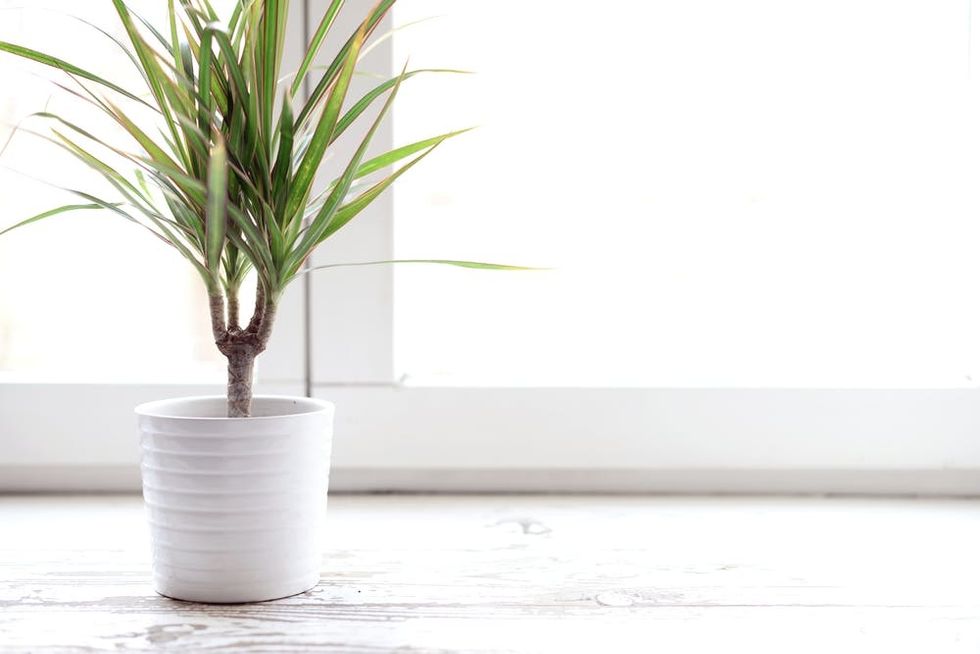
3. Dracaena: Add some funky tropical vibes to your home with a dracaena plant. The palm-like houseplant is part of the tree and succulent shrub family and boasts some stellar benefits. “According to the NASA Clean Air Study, Dracaena reflexa is one of the most efficient plants at removing formaldehyde from the air in your home,” Zenhausern notes. And, that’s not the only carcinogen it wards off. In addition to formaldehyde, dracaena can keep benzene, trichloroethylene, and xylene at bay.
So long as it has plenty of indirect sunlight — it’s also cool with medium light — and humidity, dracaena will thrive in any room in the house. If you live in a climate with lower humidity, misting the leaves can help keep it happy. You can also place the plant pot on a small tray filled with pebbles and water for a customized climate. (Only the best for our plant babies!) Dracaena is a bit snobby when it comes to water quality and doesn’t respond well to the salt and fluoride found in tap water; it’s best to water with rainwater or distilled water. (Photo via elenaleonova/Getty)
Important side note: Like its distant snake plant cousin, dracaena is toxic to pets and children. So if you have small children or pets that might chew on the plant, please consider a different beauty-benefiting houseplant.
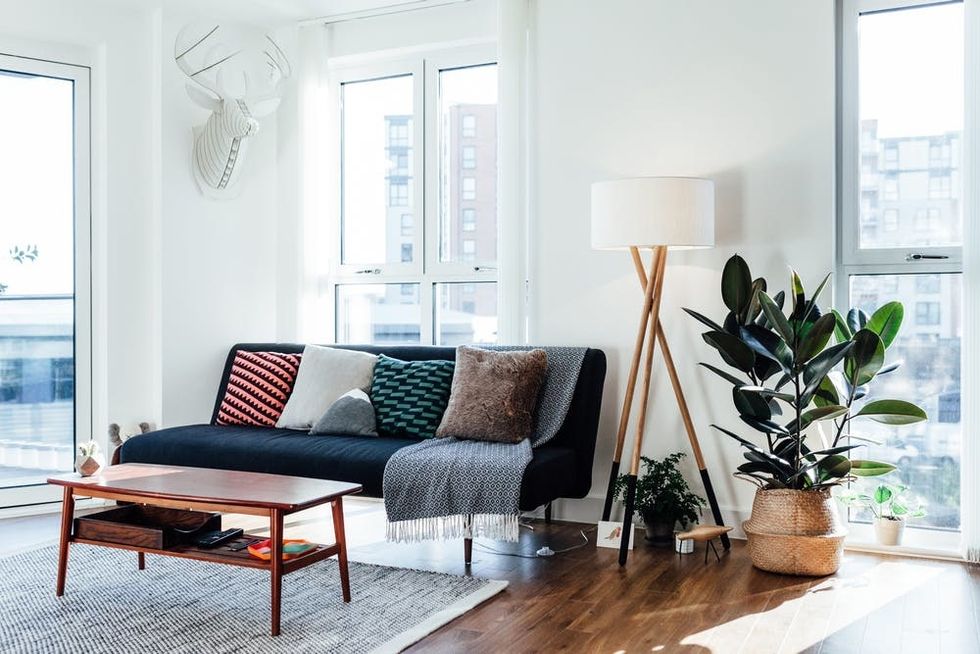
4. Rubber Plant: If you love Instagram’s favorite houseplant — the fiddle leaf fig — then you’ll looooveee the rubber plant, AKA rubber fig. Not only is it easy on the eyes, but it can also protect the skin against chemicals and other airborne pollutants too. “Rubber plants are great at purifying your indoor air,” Zenhausern says. “They not only absorb airborne chemicals but [also] break them down, [which] helps reduce indoor toxin exposure.”
Looks-wise, there are a variety of different rubber plants available, all of which have gorgeous, glossy leaves. If you want to keep this baby alive, be sure to place it in an area that receives a lot of bright, indirect sunlight. As far as watering goes, its soil should be kept moist in the summer months with frequent misting. If you don’t have a spray bottle, you can also wipe the leaves off with a damp cloth. In the winter — AKA the dormant season — water your rubber plant once or twice a month. (Photo via Oscar Wong/Getty)
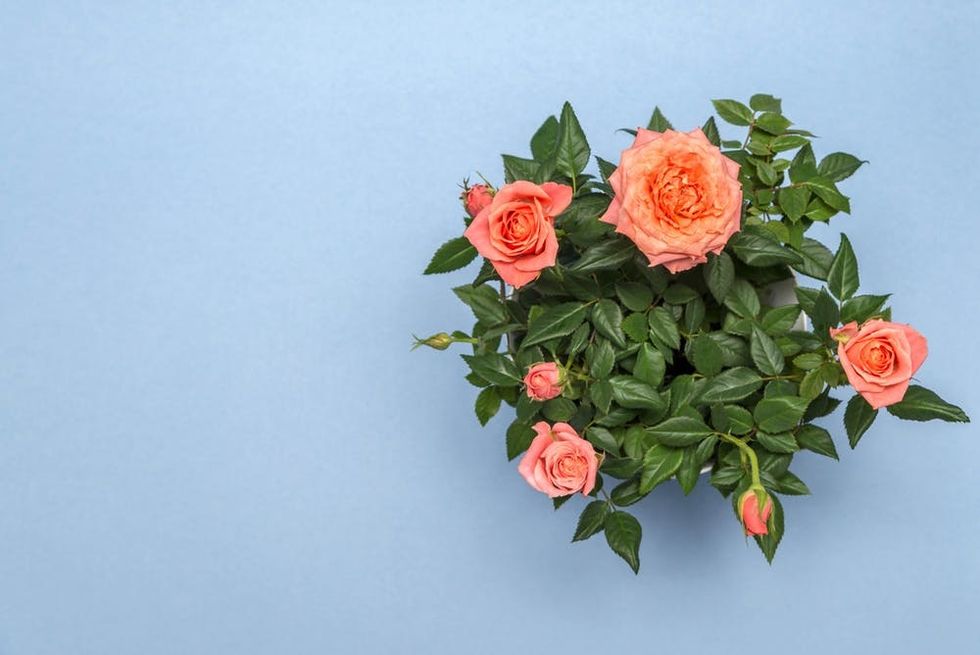
5. Rose Bush: Think rose bushes are just outdoor plants? Think again. There are a number of varietals — Trader Joe’s is a great place to buy them — that can live indoors. And, get this: they boast beauty benefits too. If you have a knack for DIY skin care projects, a rose bush is the beauty-benefiting houseplant for you. “Rose petals, which can be placed in water to create rosewater, contain amazing skin benefits, including maintaining the skin’s pH and oil balance,” says Zenhausern. “[They] also contain anti-inflammatory properties [which is] a great treatment [for] skin irritation conditions like acne, dermatitis, and eczema.”
If you want to use your rose bush for DIY purposes, just pick off the petals and add them to a relaxing bath. The warm water will steep the petals, which in turn can benefit the skin. For those looking for something more advanced, a homemade rosewater facial spray is calling your name. You can also dry the petals, crush them, and add the mixture to a DIY sugar scrub.
To keep an indoor rose bush alive, be sure to keep the bush in an area that receives bright, direct sunlight for at least six hours a day. Rose bushes like plenty of water, so be sure to water thoroughly whenever the soil feels dry one inch below the surface. (Photo via Kusska/Getty)
Have one of these beauty-benefiting houseplants at home? Share a picture with us @BritandCo!






























